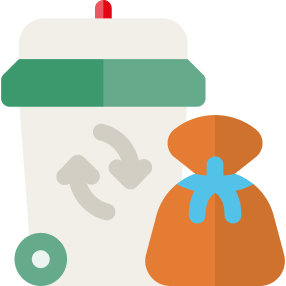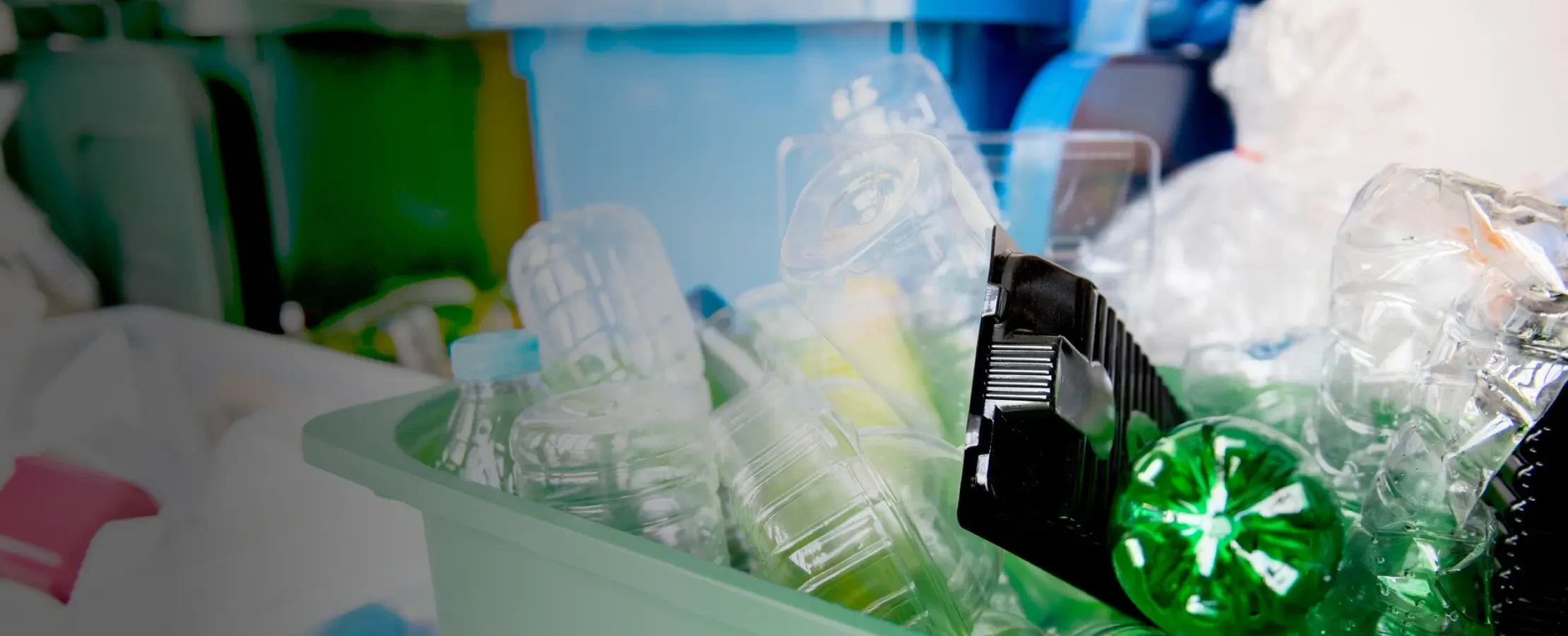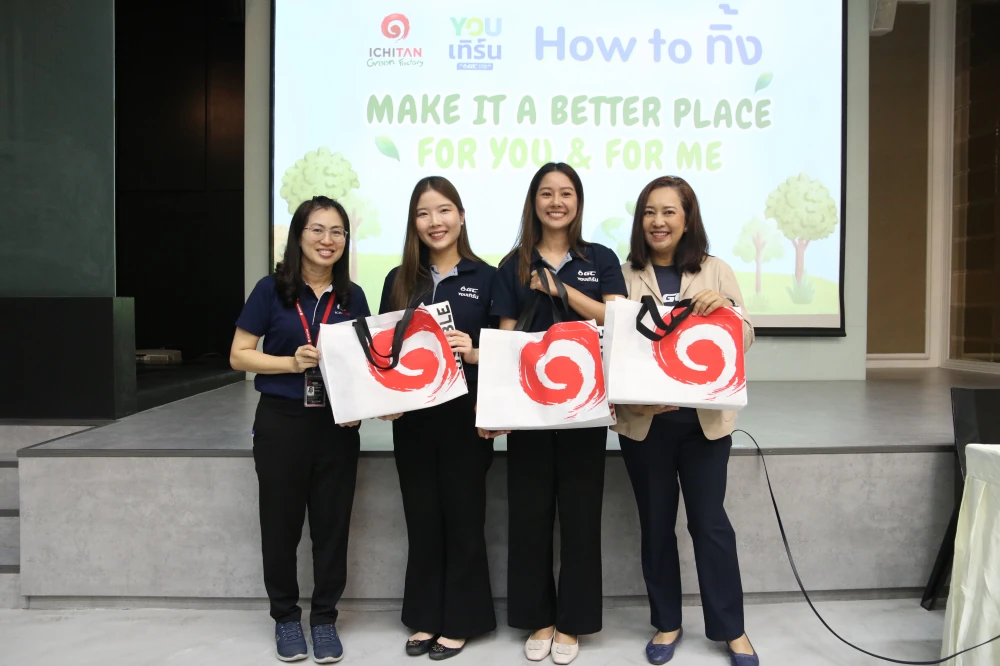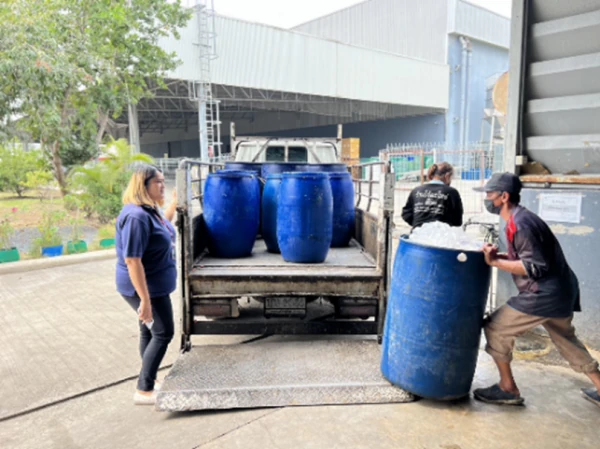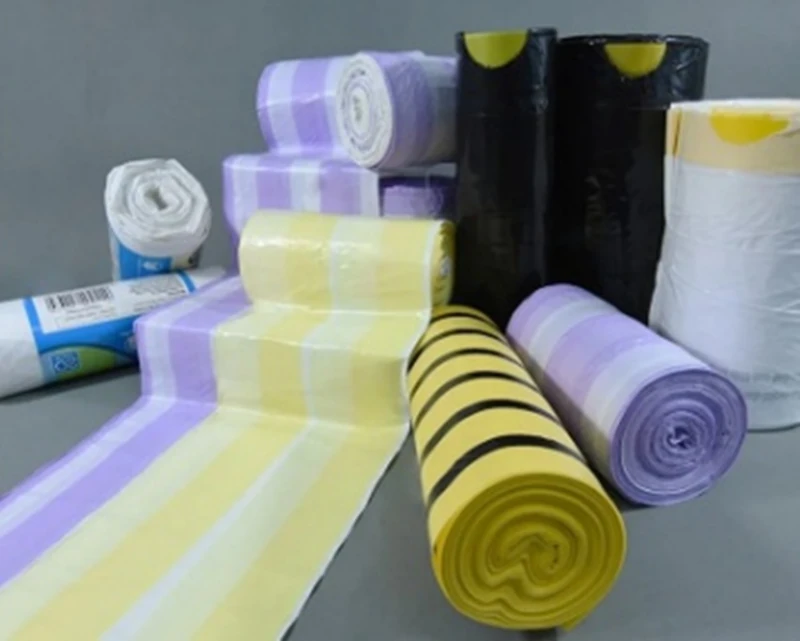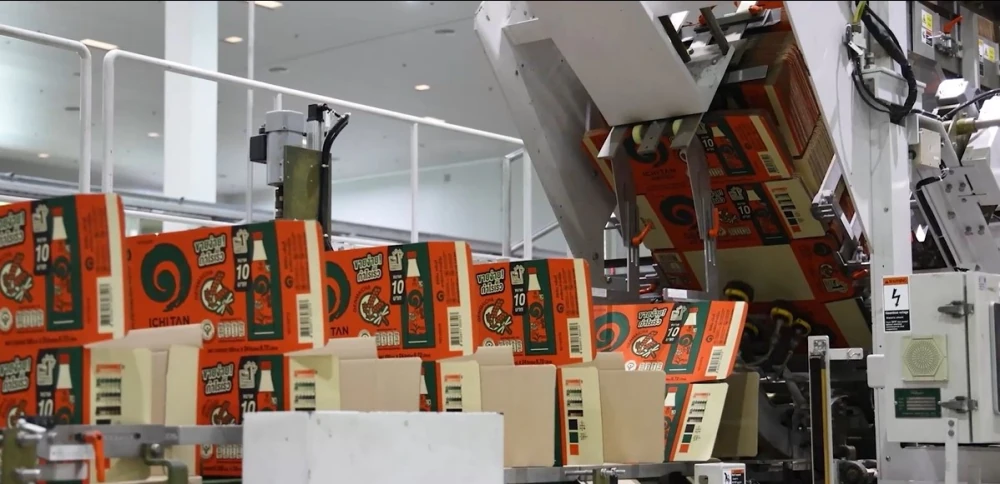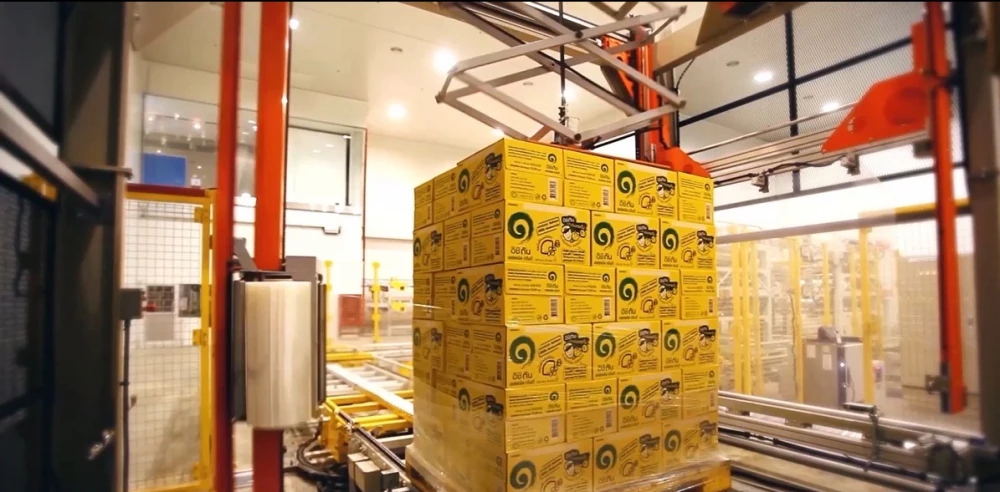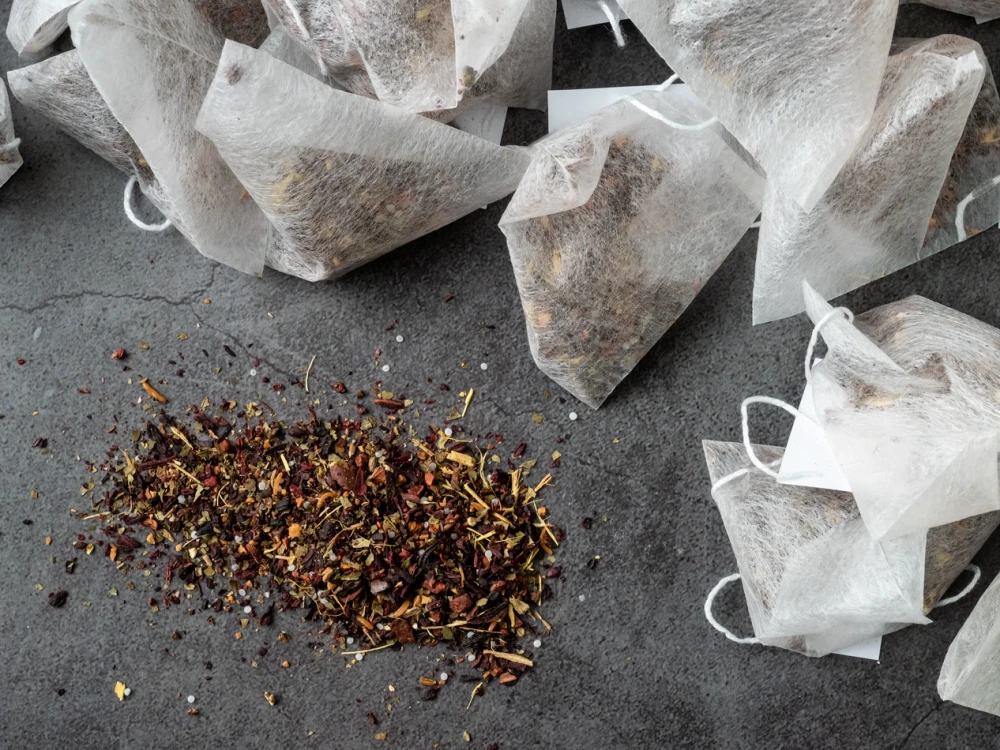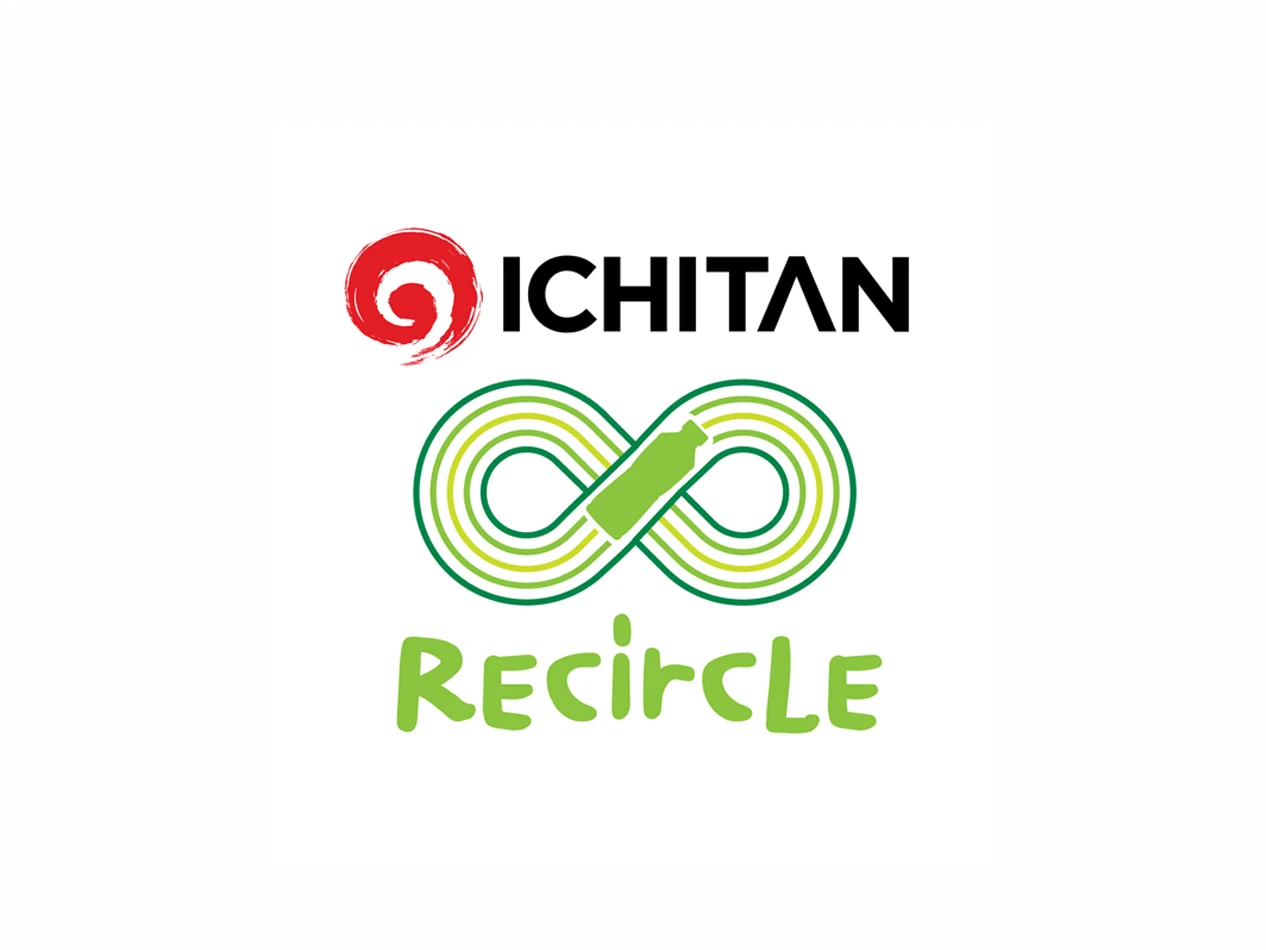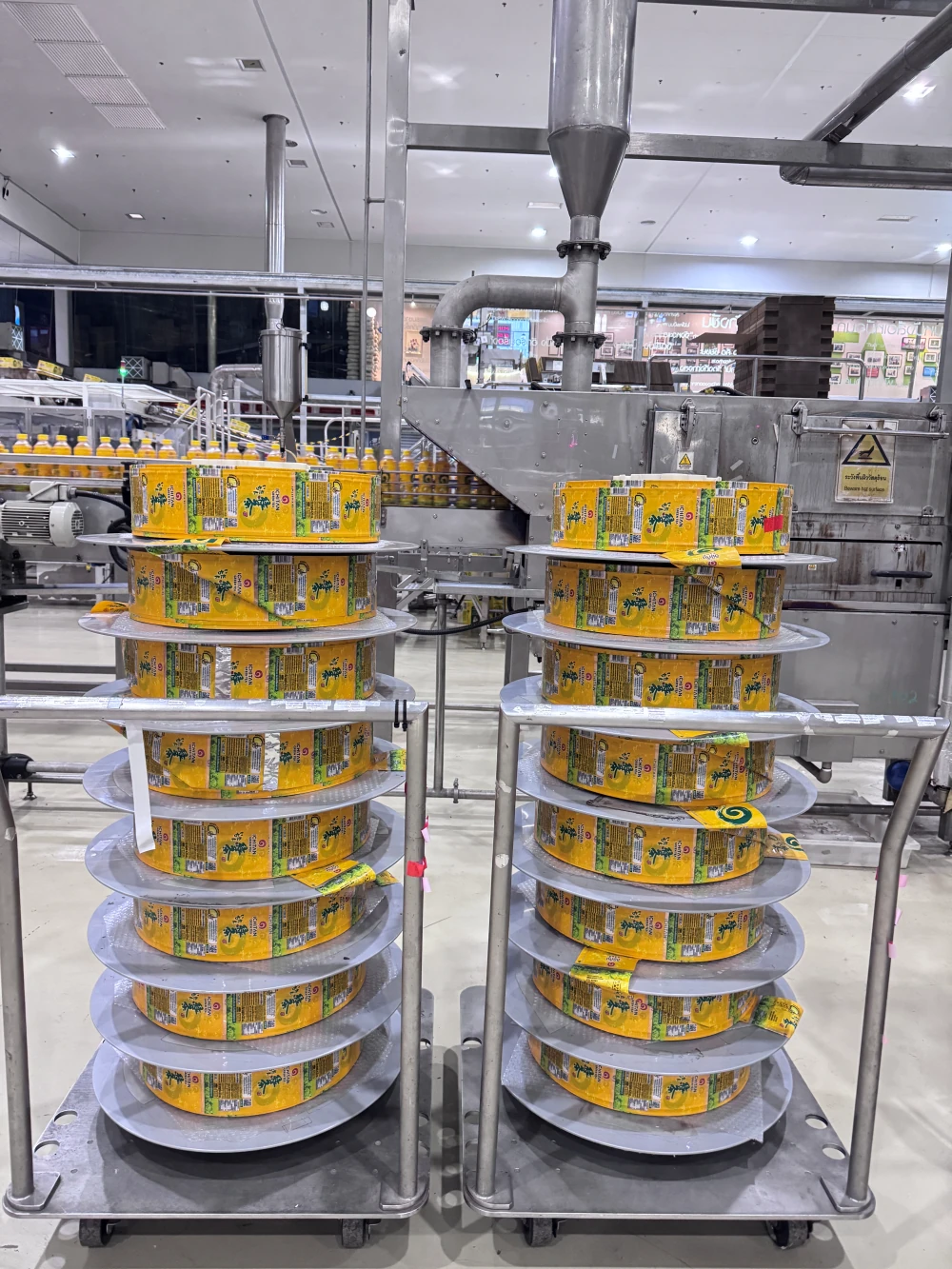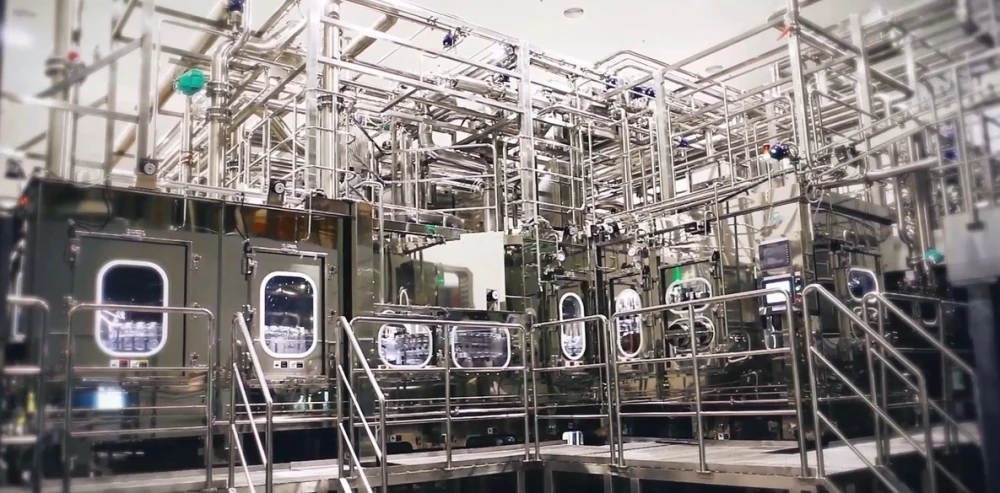
Pollution and Resources
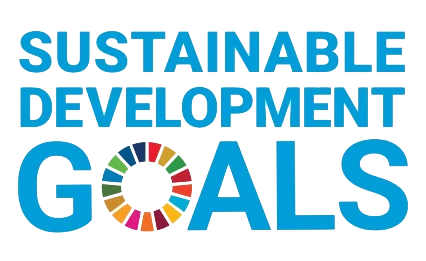
Importance and Mission
The food and beverage industry is perceived by consumers as a business with a relatively high rate of plastic waste. Most of the waste is single-use plastics, considered as a major cause of waste and non-degradable waste that destroys nature, affects marine ecosystems, and causes environmental pollution with impacts on the human food chain.
Ichitan Group Public Company Limited realizes the importance and has always tried to be a part in solving the waste problem urgently. Therefore, the Company is committed to reducing the waste rate at the source by using raw materials or production resources in a limited manner and with maximum efficiency in accordance with the 3Rs (Reduce, Reuse, and Recycle) principle. There is systematic sorting and separation of plastic waste to make such waste reuseable, effectively reduce production costs, and promote waste management in accordance with the concept of “Circular Economy” with the focus on reducing waste quantity sent to landfill as little as possible, and reducing quantity of using virgin plastic packaging in collaboration with business partners to research and develop sustainable eco-friendly packaging in accordance with the organization’s sustainability goal i.e., packaging must be 100% recyclable.
Stakeholders Directly Impacted

Consumers

Employees

Society and Community

Business Partners / Creditors
Goal and Performance Highlights
Goals
Performance Highlights

Reduced quantity of waste and non-hazardous waste by

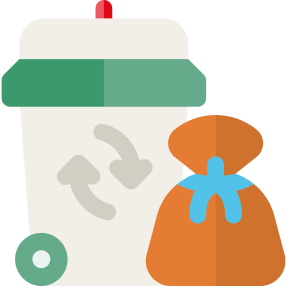
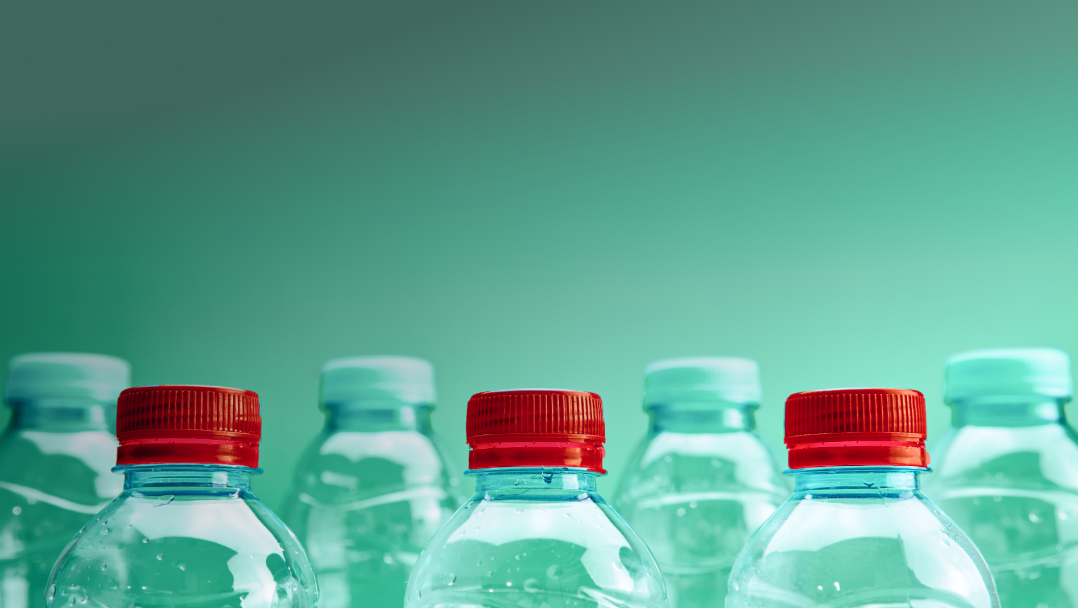
Reduced quantity of virgin plastics virgin plastic used in developing plastic bottle packaging and recycling plastic film by up to
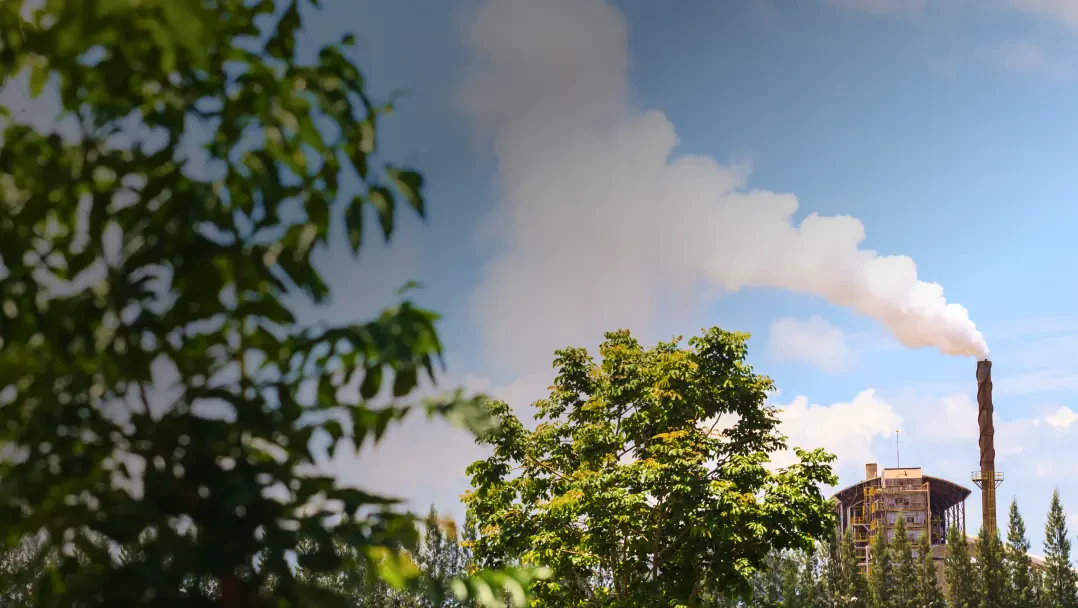
Reduced quantity of greenhouse gas emission from plastic consumption by

The quantity of plastic packaging collected back into the recycling process under the collaboration project between ICHITAN and PTT GC was
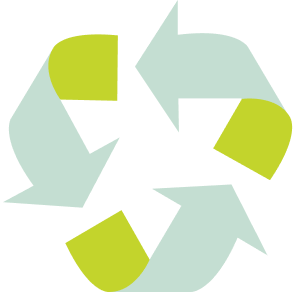
Management Approach
- Set goals, policies and operational guidelines for waste and production waste management in accordance with regulations, requirements and laws related to landfill and packaging waste management of the Department of Industrial Works and government agencies.
- Operate work under the 3Rs (Reduce, Reuse and Recycle) principle, in line with the concept of “Circular Economy” to reduce unnecessary resource use in the production process, and reduce the waste quantity sent for disposal or landfill.
- Reduce waste disposal by landfilling by passing on food waste to nearby farmers who raise fish or aquaculture to reduce the quantity of food waste that may cause negative impacts on the natural ecosystem.
- Create a collaborative network with business partners, government agencies, independent organizations, and stakeholders throughout the value chain in researching and developing sustainable packaging by reducing the weight and volume of plastic packaging used virgin plastic preform while maintaining the quality and efficiency of use to improve waste and production waste management.
- Collect packaging from end consumers in collaboration with business partners nationwide through various projects to systematically sort and separate plastic waste.
- Run campaigns to promote and raise awareness about waste management and sustainable packaging to change behaviors of personnel within the organization, and communicate to all stakeholders to encourage their participation in the future.
Implementation and Performance
Total Waste Quantity
2022
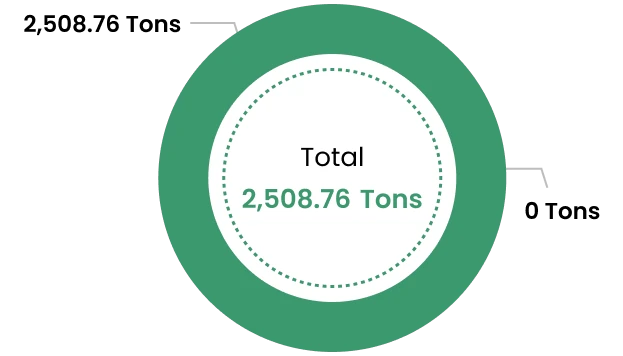
2023
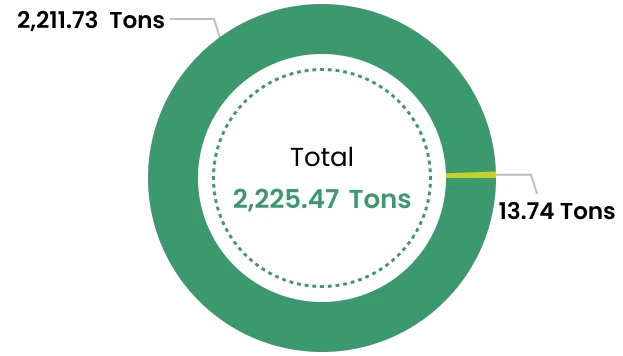
2024
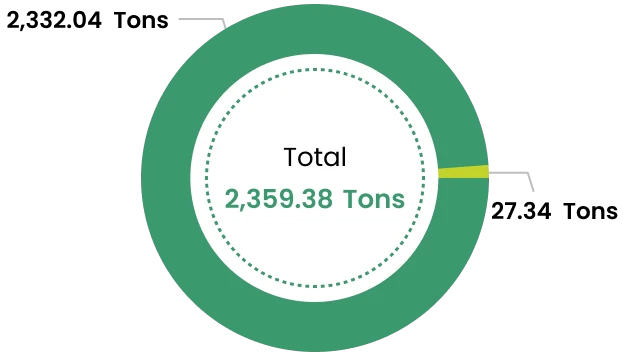
(Unit: Tons)
| Waste Quantity | 2022 | 2023 | 2024 |
|---|---|---|---|
| Quantity of waste and hazardous waste | - | 13.74 | 27.34 |
| Quantity of waste and non-hazardous waste | 2,508.76 | 2,211.73 | 2,332.04 |
| Total | 2,508.76 | 2,225.47 | 2,359.38 |
Quantity of Waste and Non-hazardous Waste Classified by Materials
Waste Quantity 2024
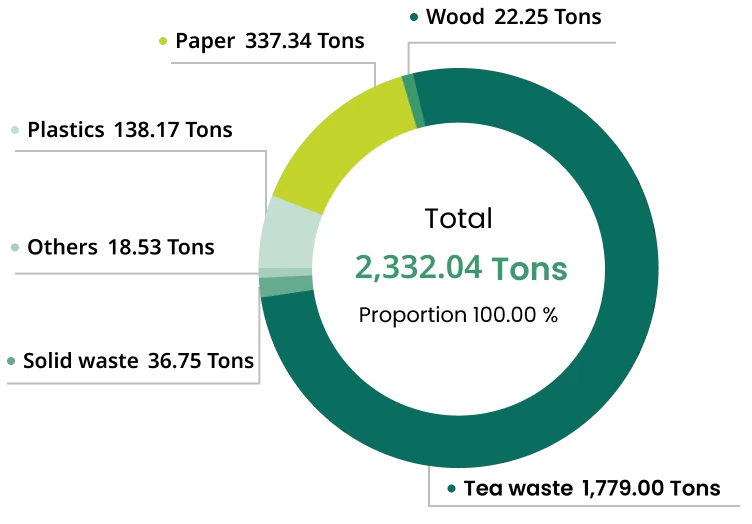

Plastics
138.17 Tons
Proportion 5.92%

Paper
337.34 Tons
Proportion 14.47%

Wood
22.25 Tons
Proportion 0.95%

Tea waste
1,779 Tons
Proportion 76.29%

Solid waste
36.75 Tons
Proportion 1.58%

Others
18.53 Tons
Proportion 0.79%
(Unit: Tons)
| Waste Quantity | 2024 | Proportion |
|---|---|---|
| Plastics | 138.17 | 5.92 % |
| Paper | 337.34 | 14.47 % |
| Wood | 22.25 | 0.95 % |
| Tea waste | 1,779.00 | 76.29 % |
| Solid waste | 36.75 | 1.58 % |
| Others | 18.53 | 0.79 % |
| Total | 2,332.04 | 100.00% |
2024 Goal
To reduce quantity of waste and non-hazardous waste by
80%
of total waste quantity
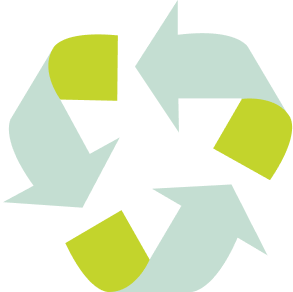
Performance
Reduced quanity of waste and non-hazardous waste up to
2,017.47 tons/year
accounting for 89.29%
